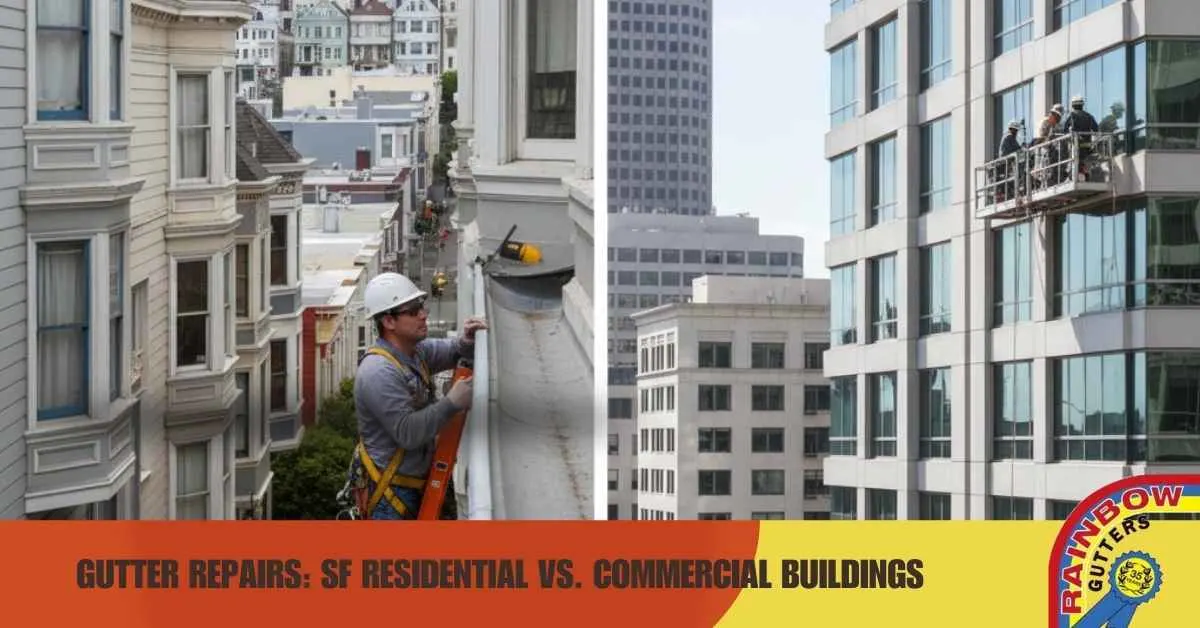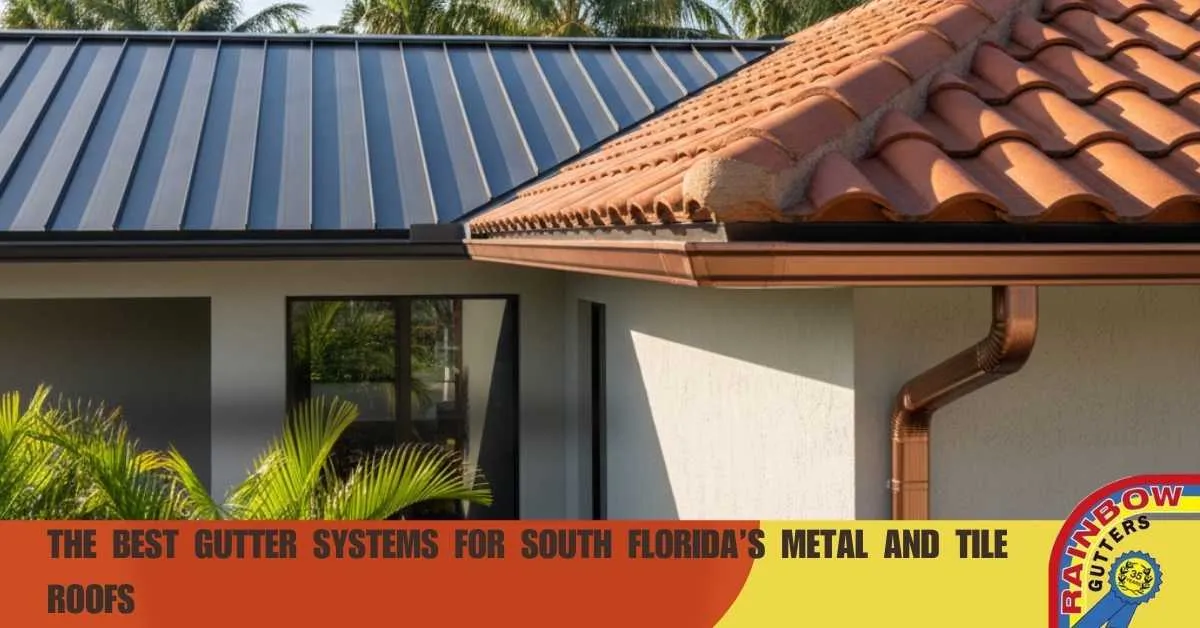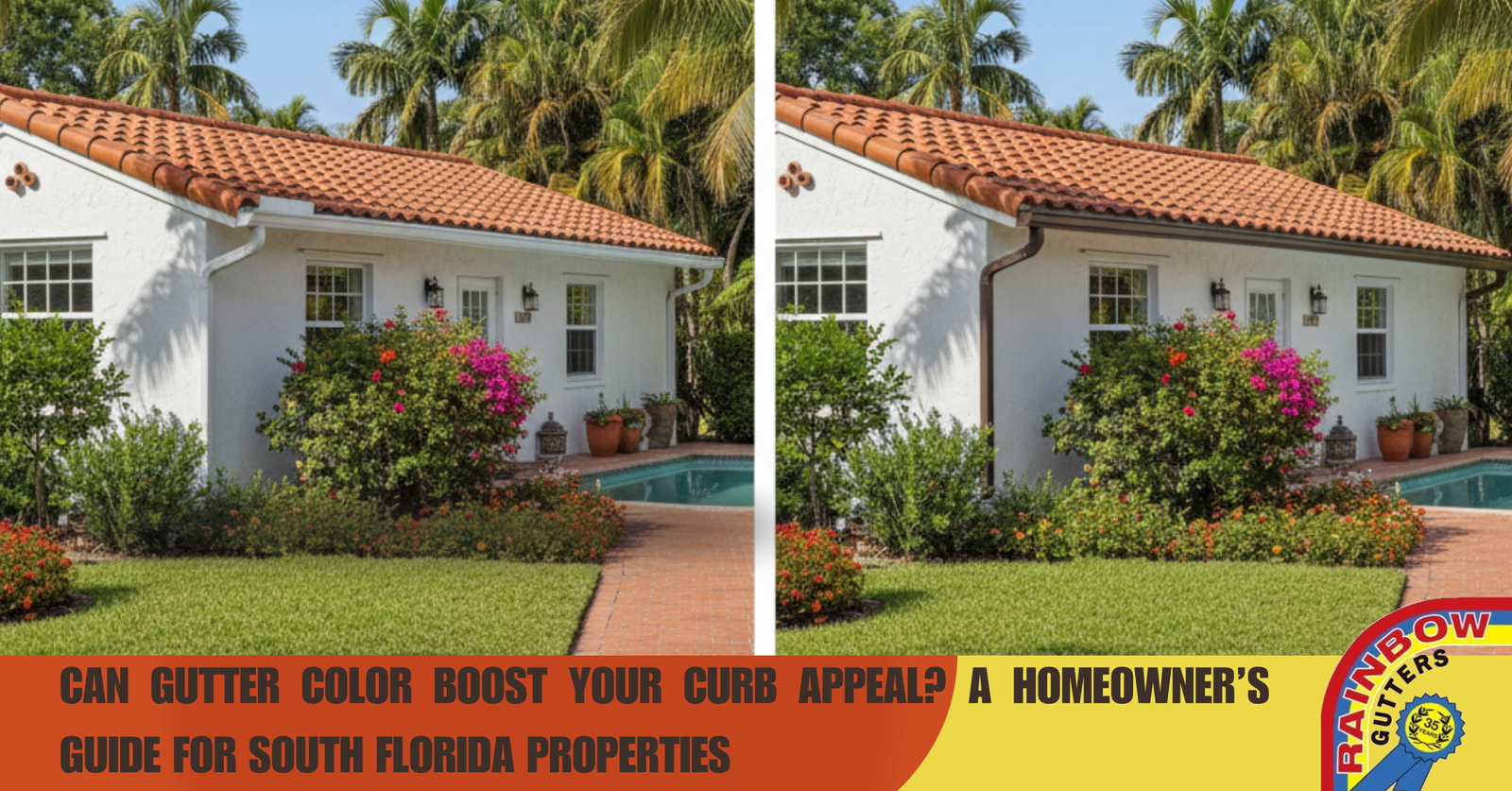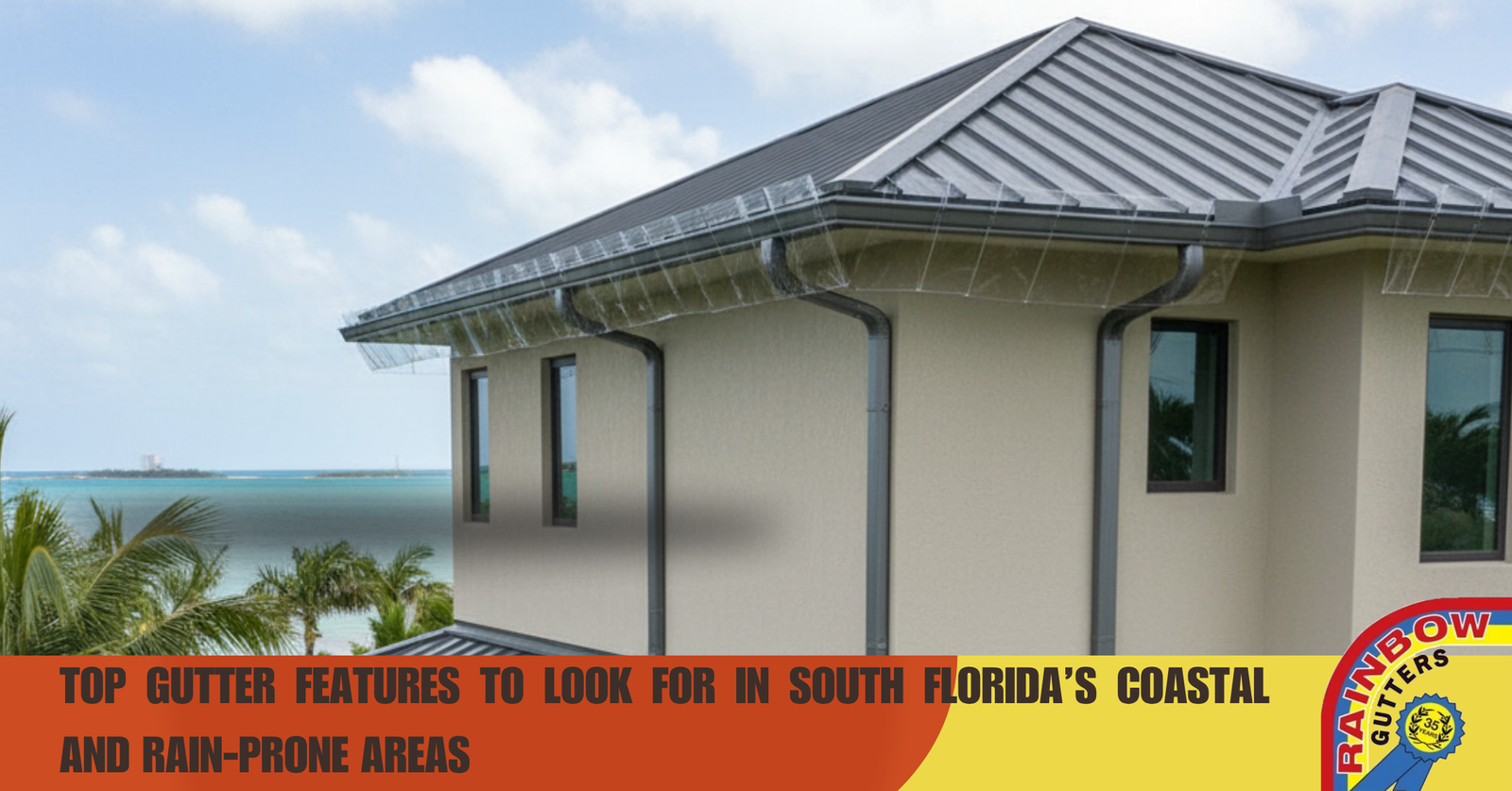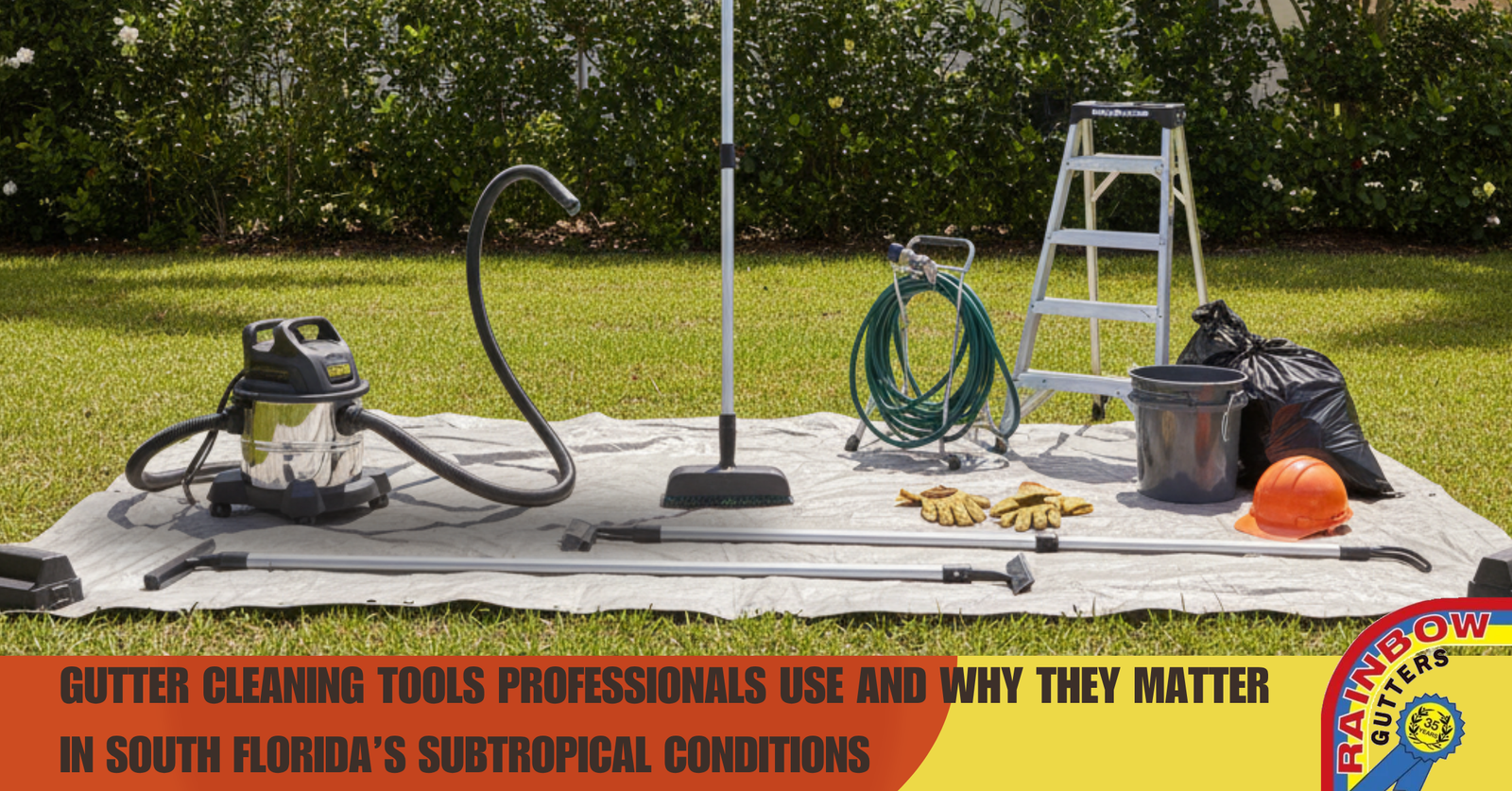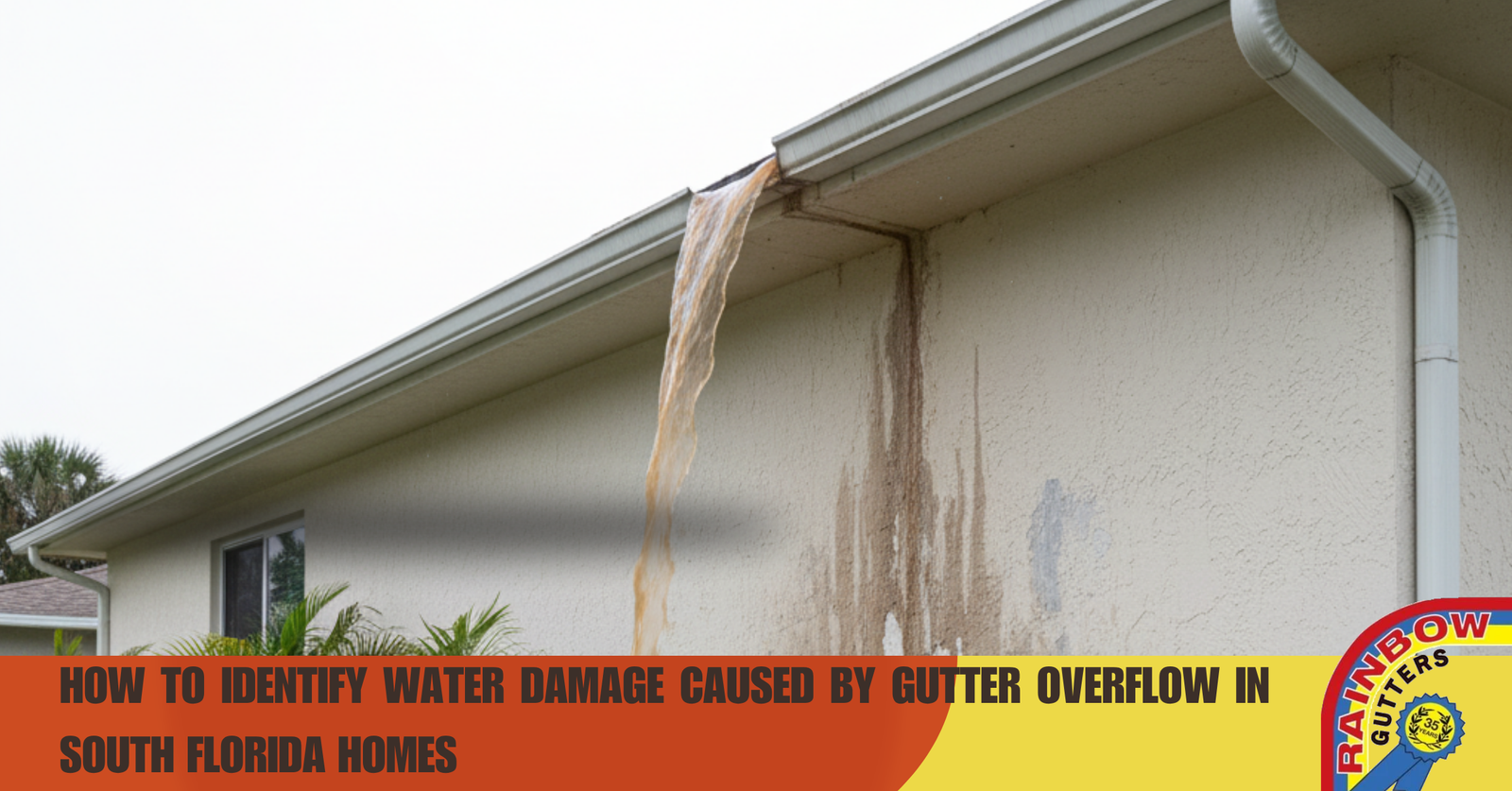Introduction
Flat roofs dominate commercial architecture due to their modern look, efficient space use, and ease of installation. However, proper drainage is critical to prevent pooling, leaks, and structural damage. Unlike sloped roofs, flat roofs require specially designed gutter systems that manage water flow efficiently. In this guide, we’ll explore the best gutter options for commercial buildings with flat roofs, their pros and cons, and what factors you should consider when choosing the right solution.

Why Flat Roofs Need Specialized Gutters
Unlike pitched roofs, where gravity helps channel rainwater into gutters, flat roofs tend to collect water, increasing the risk of leaks, mold, and premature roof failure. Choosing the right gutter system ensures efficient drainage, extends the roof’s lifespan, and protects your building’s foundation and interior.
Top Gutter Options for Flat Roof Commercial Buildings
1. Box Gutters
Box gutters are wide, rectangular gutters typically built into the edge of the roof or hidden behind the parapet wall. Their large capacity makes them ideal for commercial properties that experience heavy rainfall.
Pros:
- Excellent for handling high water volumes.
- Sleek, integrated design that doesn’t disrupt the building’s aesthetic.
- Durable materials like galvanized steel or copper increase longevity.
Cons:
- More expensive installation due to customization.
- Requires regular maintenance to prevent clogs and overflow.
2. Scupper Drains
Scuppers are openings in the parapet walls that allow water to drain directly from the roof into downspouts or through decorative spouts.
Pros:
- Highly effective at preventing water buildup.
- It can add architectural interest to the building.
- Minimal maintenance compared to other systems.
Cons:
- Need to be paired with downspouts or collectors to direct water away from the building.
- Risk of overflow if scuppers get blocked.
3. Inner (Internal) Roof Drains
Internal roof drains collect water through drains in the roof surface and funnel it through concealed pipes inside the building.
Pros:
- Maintains the clean, modern look of the building exterior.
- Ideal for large roofs with multiple drainage points.
- Protects pipes from freezing, as they’re located inside.
Cons:
- Higher installation cost.
- Blockages can be hard to detect and repair.
Choosing the Right Material
When selecting gutters for a commercial flat roof, the material matters as much as the design. Popular choices include:
- Galvanized steel: Strong and affordable, but may rust over time.
- Aluminum: Lightweight, corrosion-resistant, and cost-effective.
- Copper: Long-lasting and visually appealing, but more expensive.
- PVC: Low-cost and corrosion-resistant, but less durable under extreme weather.
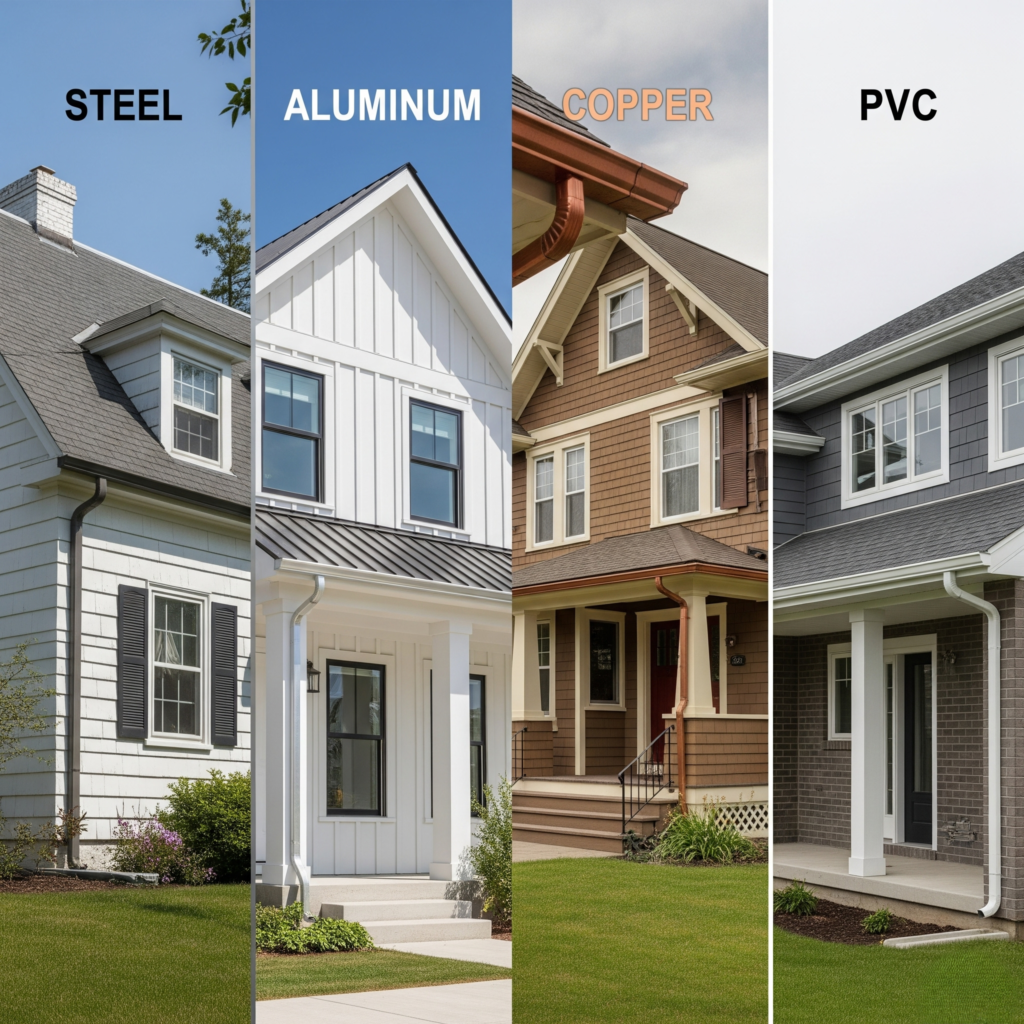
Key Factors to Consider Before Installation
- Roof size and rainfall intensity: Larger roofs or those in heavy rainfall areas require high-capacity gutters like box gutters.
- Building design: Consider aesthetic preferences and whether you want gutters to blend in or be a design feature.
- Maintenance: Choose systems that allow easy cleaning, especially for locations surrounded by trees.
- Budget: Balance between initial cost and long-term maintenance expenses.
Maintenance Tips for Flat Roof Gutters
Even the best gutter system needs routine care to stay effective:
- Schedule inspections at least twice a year, especially after storms.
- Clear debris like leaves and dirt to prevent clogs.
- Check for signs of corrosion, leaks, or loose connections.
- Use gutter guards where possible to reduce debris buildup.
Conclusion
Selecting the right gutter system for commercial buildings with flat roofs isn’t just about aesthetics; it’s about safeguarding your investment. Box gutters, scupper drains, and internal drains each offer unique benefits, and choosing the right material and design depends on your building’s needs, local climate, and budget. With proper installation and regular maintenance, your chosen system can provide reliable drainage, reduce repair costs, and keep your property safe for years to come. Contact us today!


